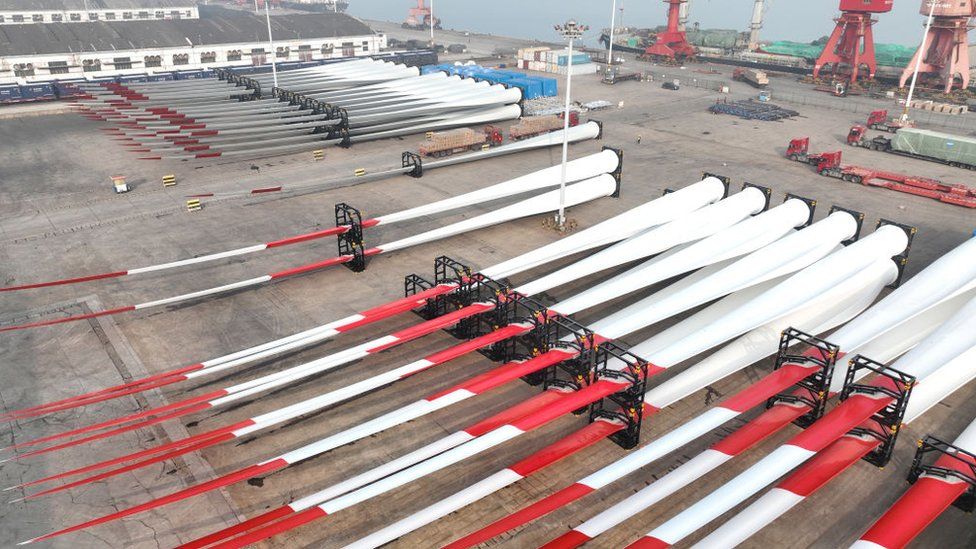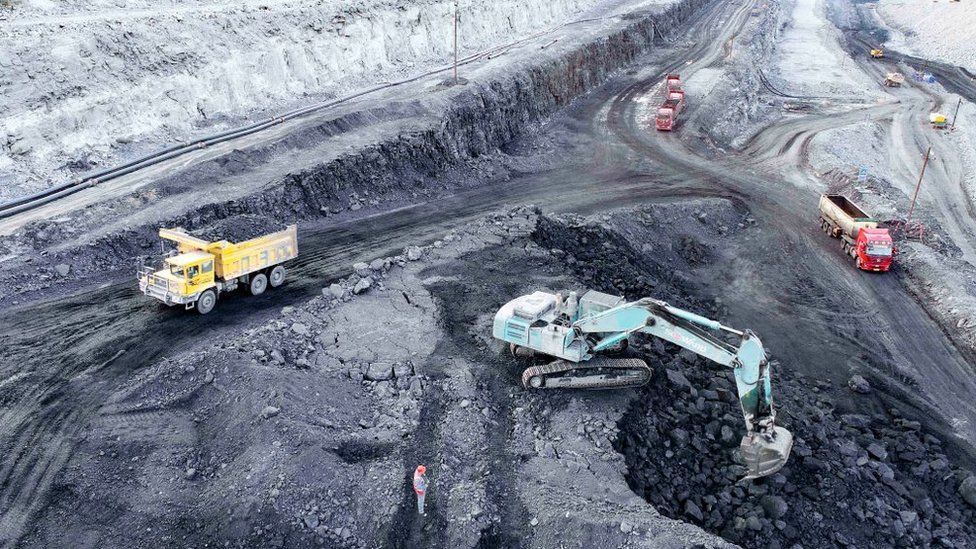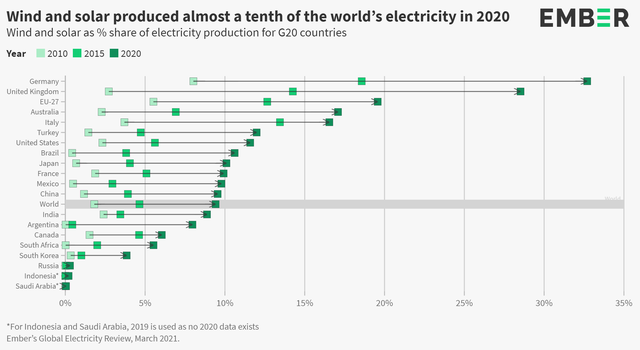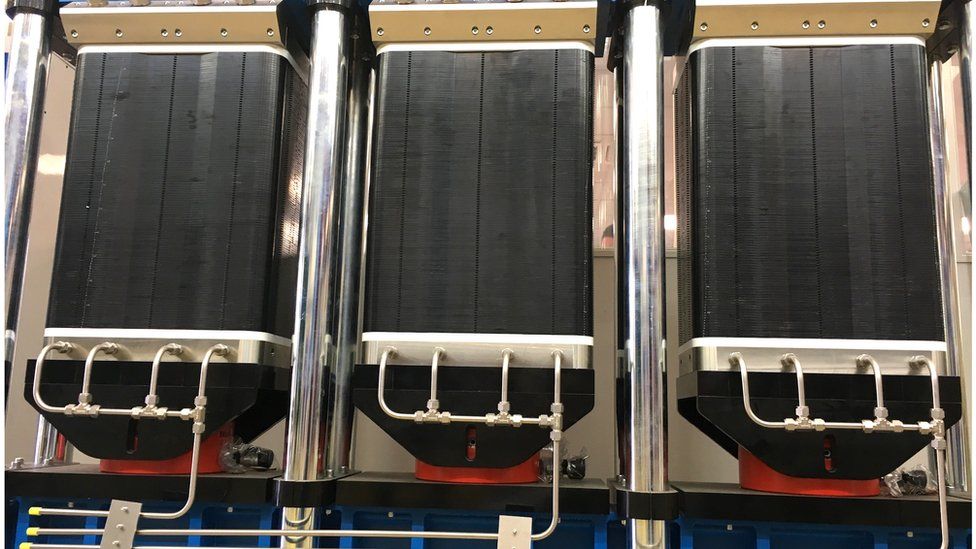
How the Vortex Bladeless Turbine Works
The Vortex Bladeless Turbine is a pole-shaped structure that functions without rotating blades, but instead of rotating blades, it works off vibrations generated in the structure by vortices created when the wind passes around it. When the frequency of the vortices matches the resonance frequency of the structure, into which an alternator is integrated, the vibration energy can be transformed into electricity. In simpler terms, as the wind flows past the turbine, it creates a series of spinning whirlwinds, or vortices, that cause the rod-shaped turbine to vibrate. This vibration then converts the mechanical energy into electrical energy that can be used as a source of power.
One of the main differences between bladeless or motionless turbines and traditional wind turbines is that they can generate power at low wind speeds, which is significant because wind speeds in urban areas are typically lower than in rural areas. Traditional turbines require higher wind speeds, making them less effective in built-up areas.
Advantages of the Vortex Bladeless Turbine
One of the significant benefits of the Vortex Bladeless Turbine is that it’s more cost-effective than traditional turbines. It has fewer moving parts, which results in reduced manufacturing and maintenance costs. Also, it doesn’t require any oil or lubricants, making it a more environmentally friendly option.
The design of the Vortex Bladeless Turbine is more eco-friendly than traditional turbines because its pole-shaped structure does not pose any harm to birds and other animals that can come into contact with rotating blades. Furthermore, the device’s sleek design takes up less space than traditional wind turbines, making it adaptable to a wide range of environments.
Another benefit of the Vortex Bladeless Turbine is its flexibility. Its small size makes it the perfect choice for urban areas, where space is limited. They can be placed on the roofs of buildings or integrated into street furniture, providing an unobtrusive source of renewable energy. It can also be used to power individual homes or small communities that are off-grid, where running costs are a concern.
Applications of the Vortex Bladeless Turbine
One application of the Vortex Turbine is in urban environments. As mentioned earlier, these turbines can generate electricity at low wind speeds, making them a viable option for powering cities and towns. By placing them in strategic locations, they can capture the wind currents that flow through narrow streets, parks, and plazas.
Another application of the Vortex Bladeless Turbine is its potential to replace traditional turbines in remote locations. Traditional turbines are often used to provide power in areas where a connection to the electrical grid is not possible. However, their high manufacturing and maintenance costs make them less feasible in such instances. The Vortex Bladeless Turbine, being cost-effective and low maintenance, provides an alternative that can meet the power needs of those living in isolated areas.
The Vortex Bladeless Turbine is a revolutionary wind power generator that has the potential to transform the way we generate renewable energy. Its low manufacturing and maintenance costs, eco-friendly design, and flexibility make it an attractive option for powering urban areas and remote places alike. While there are some limitations, such as the amount of power generated compared to traditional turbines, and the need for further development to increase efficiency, the Vortex Bladeless Turbine is a step in the right direction towards a cleaner, more sustainable future. The device’s minimal environmental impact also makes it an excellent choice for environmentally conscious consumers and energy companies alike.
With renewable energy becoming more important in the fight against climate change, the development of innovative technologies like the Vortex Bladeless Turbine is crucial. As we continue to explore cleaner, more sustainable sources of energy, devices like these will become increasingly critical. And while there are still challenges to overcome and further research to be done, the potential benefits of the Vortex Bladeless Turbine make it a promising addition to our renewable energy toolkit.
Overall, the Vortex Bladeless Turbine is a fascinating innovation that could play a significant role in the future of wind power generation. Its eco-friendly design, low cost, and flexibility make it an exciting alternative to traditional wind turbines. It’s clear that as we move towards a more sustainable future, technologies like this will continue to be developed, offering us new and exciting ways to generate renewable energy and help protect our planet.
Source Happy Eco News











